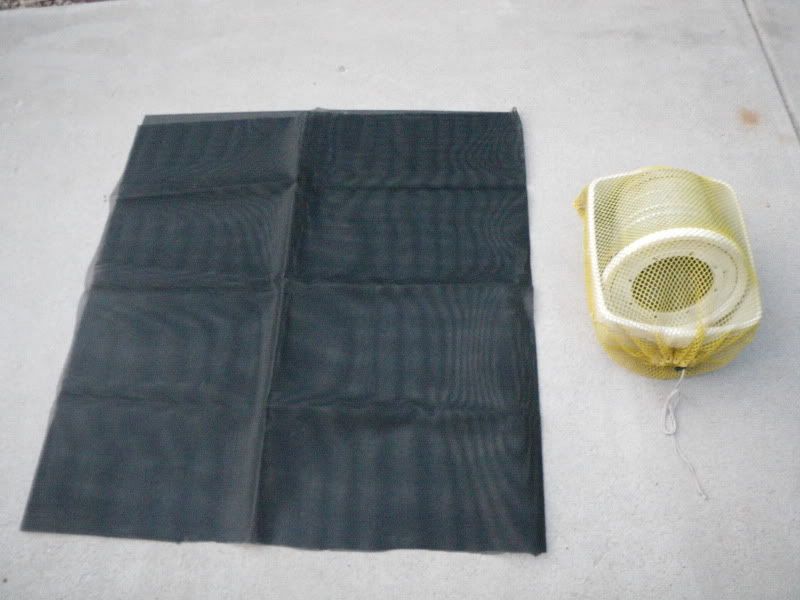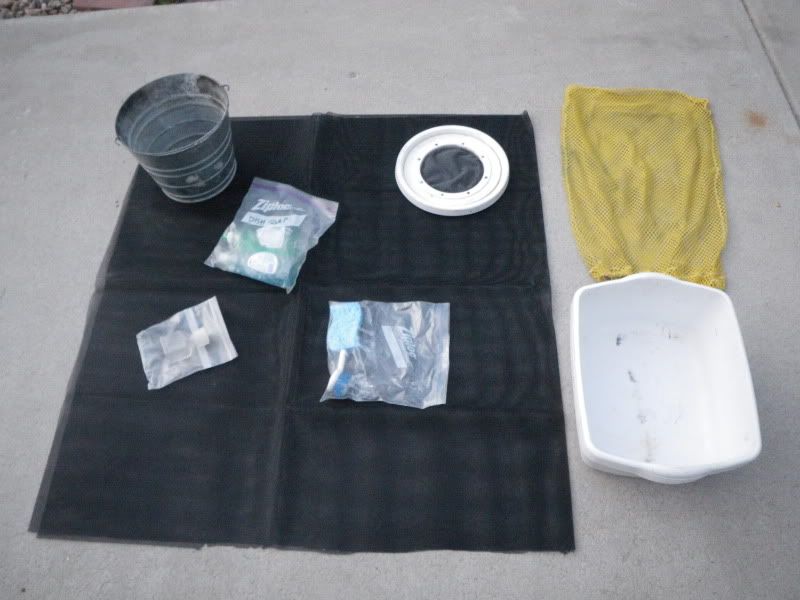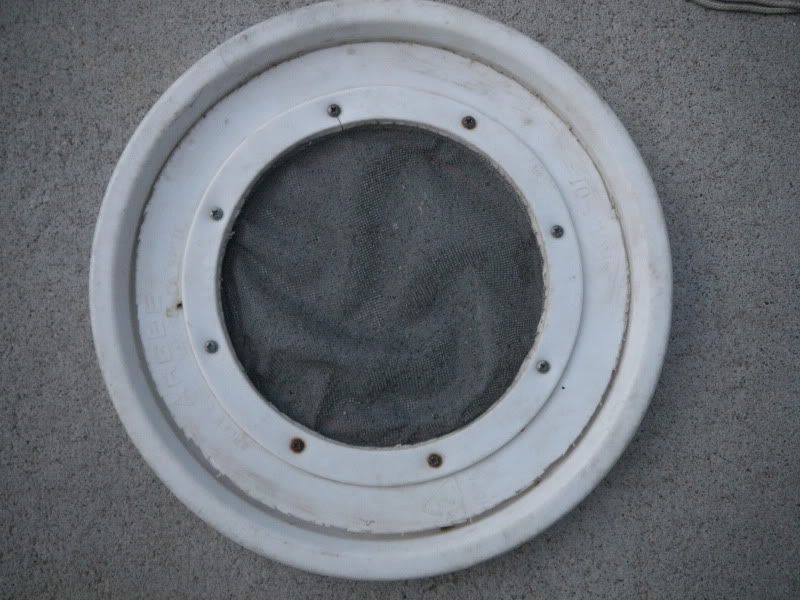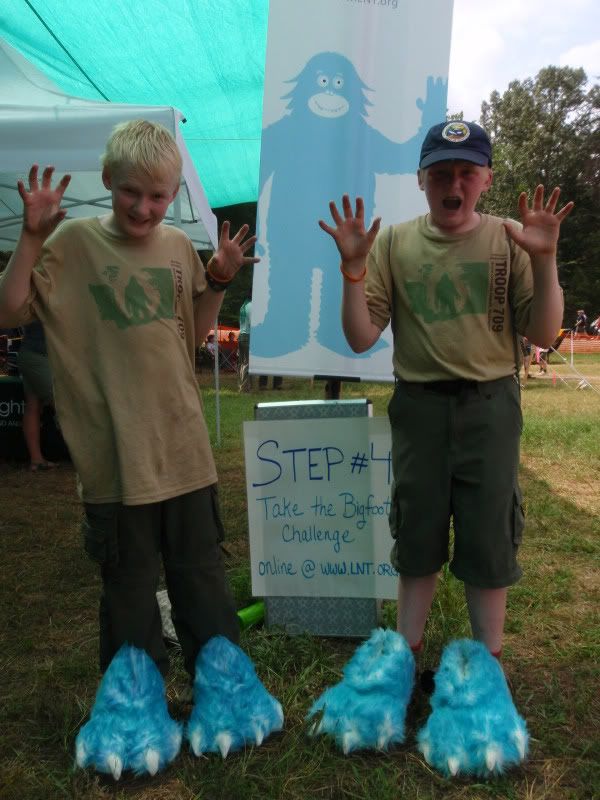 |
| From Erie Canal and Finger Lakes |
Hope to see you down the road, and hear what you've got to say...
Peggy and Barrett
e-Tour Wayfarers 2010
e-word: embolden
 |
| From Erie Canal and Finger Lakes |
 |
| From BassPro Auburn NY |
| From BassPro Auburn NY |
 |
| From BassPro Auburn NY |
 |
| From Finger Lakes Region |
 |
| From Erie Canal and Finger Lakes |
 |
| From Erie Canal and Finger Lakes |
| From Finger Lakes Region |
 |
| From Finger Lakes Region |
 |
| From Camp Louise 2 |
 |
| From Antietam |
 |
| From Jellystone Maryland |
| From REI Greensboro |
 |
| From Ashton Farm |
| From Medoc Mountain SP |
Dear Education Department,
I have dirty dishes. Just plain dirty. I’ve been on back-to-back car camping and rafting trips and I just don’t know a good way to wash my dishes in the out of doors in these situations. Help!
Signed,
Mr. Clean
Dear Mr. Clean,
Than ks for asking. In both car camping and rafting situations, there is a great option for washing dishes in a way than ensures they’re clean, that your waste water is dealt with appropriately and that there aren’t any scraps left over for the critters.
ks for asking. In both car camping and rafting situations, there is a great option for washing dishes in a way than ensures they’re clean, that your waste water is dealt with appropriately and that there aren’t any scraps left over for the critters.
A four-bucket wash system is easy to use and inexpensive to set up. It consists of four containers of equal size (wash tubs, 5-gal buckets, etc.) and large enough to hold dishes, lots of them if you’re with a larger group. It’s also handy to have a dedicated “boil bucket” that can hold a large amount of water in order to heat all the hot water you’ll need in one
shot. The next item is a screen for filtering out leftover food particles (you can use a piece of fine mesh, a kitchen strainer or even a bandana in a pinch) that is large enough to easily pour larger quantities of water through. The last item is a tarp or “scrim” cloth to put the buckets on to catch any food or other garbage that may hit the ground. Ideally, the system is made even easier by finding a mesh stuff sack to put everything in for storage.

Here’s how the system works (assuming you’re using tubs that hold 2
gallons of water):
1. Boil 2 gallons of water.
2. While the water is boiling, fill all four tubs with water. Two tubs are filled full, while the other two are only filled half way.
3. At this point, you’ll need to decide which way you’re going to wash – to the left or the right. It
doesn’t matter as long as everyone involved in the process knows which direction the washing is going. Along rivers, it’s easiest to orient the washing downstream.
4. Once the water boils, pour half in each of the two tubs that were only filled half way.
5. Set the tubs up in this order: tub #1 – cold rinse (full tub), tub #2 – hot wash (use biodegradable phosphate-free soap whenever possible and use only what you need to get the job done), tub #3 – hot rinse, and finally tub #4 – cold bleach solution (bleach is a powerful chemical and should be used sparingly – 7-10 drops per gallon).
Once the system is set up, scrape the dishes off into the trash to remove any of the big stuff. Next you put all the dishes (or as many that will fit) into the cold rinse bucket. Think of this as the “funk” bucket. This bucket is critical and will help keep the rest of your system cleaner. After a good soaking in the funk bucket, begin to cycle the dishes through the hot wash, hot rinse (make sure they’re rinsed well) to the cold bleach solution for final sanitation. For longer trips, the final dunk in the sanitation bucket is key. Ideally, the dishes would soak for 5-15 minutes in the solution, depending on the time you. Once the dishes come out of the final bucket, they can be air-dried in a mesh “hammock” or hand dried with a towel or dishrag.
Now, your dishes are clean but you have a few steps to go:

1. Using the strainer, pour the contents of tub #1 through the strainer, ideally into another bucket. Once you have the strained water, you can see if there are options for disposing of it in a provided facility (sink, toilet, etc.) if allowed. Other options include broadcasting the wastewater 200 ft from camp, trails and water sources, or on some western rivers in arid environments, it may be permissible for the wastewater to be put directly in the river. Always check land manager regulations for proper disposal of wastewater.
2. Again, using the strainer, continue the process until all four tubs have been strained and the wastewater disposed of in an appropriate and approved method. All collected food particles need to go in with the trash.
3. You can consider pouring the soapy water into the dirtier tubs to help keep them clean. If you choose to do this, you’ll need to adjust your straining order accordingly.
4. Once your tubs are strained, cleaned and stowed, you’ll need to check the tarp or “scrim” cloth for any food scraps or trash, which would go in with your trash.
5. At this point, you’re almost done. All you need to do is consider storing your dish wash components securely from animals. It’s hard to get all the food smells off which could attract company.
This system can work well in many situations, and it’s a great way to ensure clean dishes for you and your companions.
“He who wants to change the world should begin by cleaning the dishes.”
- Paul Carvel
Sincerely,
The Ed Dept.


 We’re the new guys on the block, having been with Leave No Trace for all of one month as the 2010 e-tour Team, and to presume that we have “Road Wisdom” would be, well, presumptuous. We could certainly speak to the many lessons already encountered in our short experience: how not to setup and breakdown our Coleman pop-up camper, when to be skeptical of instructions from “Sue”, our otherwise reliable GPS guidance system, and more. Perhaps we’ll eventually gain some wisdom to share through these lessons, or at least learn well enough ourselves to keep from making the same mistakes over and over. So, even though this essay is entitled “Road Wisdom,” we decided to write about the National Boy Scout Jamboree, where we have spent the last 5 days not actually on the road, but encamped in a dusty field at Fort A. P. Hill, Virginia. We definitely feel more than a bit wiser, and humbler, for the experience.
We’re the new guys on the block, having been with Leave No Trace for all of one month as the 2010 e-tour Team, and to presume that we have “Road Wisdom” would be, well, presumptuous. We could certainly speak to the many lessons already encountered in our short experience: how not to setup and breakdown our Coleman pop-up camper, when to be skeptical of instructions from “Sue”, our otherwise reliable GPS guidance system, and more. Perhaps we’ll eventually gain some wisdom to share through these lessons, or at least learn well enough ourselves to keep from making the same mistakes over and over. So, even though this essay is entitled “Road Wisdom,” we decided to write about the National Boy Scout Jamboree, where we have spent the last 5 days not actually on the road, but encamped in a dusty field at Fort A. P. Hill, Virginia. We definitely feel more than a bit wiser, and humbler, for the experience.

